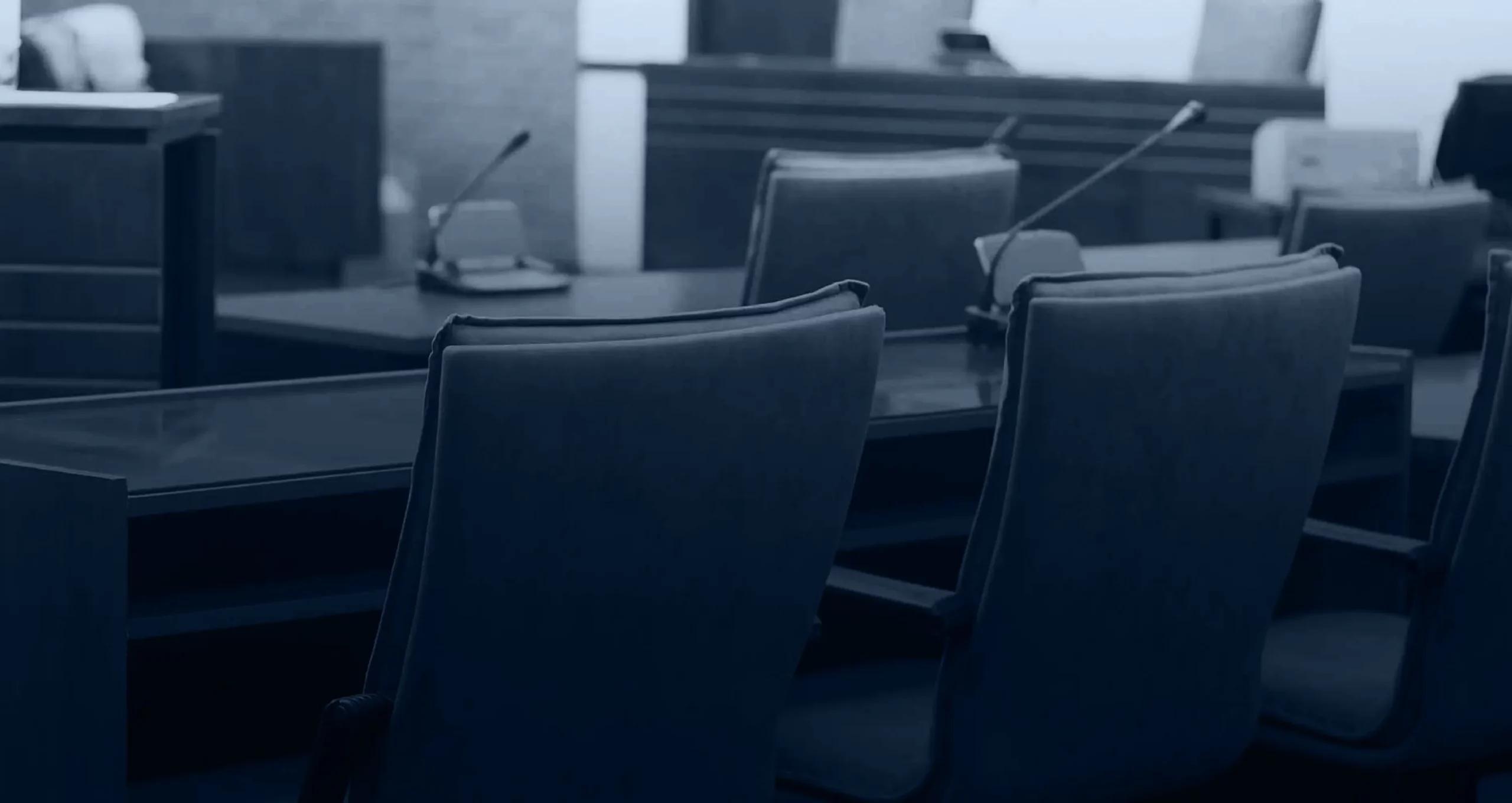
Breach of duty is a legal concept that refers to someone’s failure to fulfill their duty of care to another person, resulting in harm. Most commonly, breaches of duty occur within the context of negligence. To understand the breach of duty, it’s essential to first understand the four elements of negligence.
The Four Elements of Negligence
Duty of Care
Duty of care is a legal obligation to act with reasonable care and caution to prevent harm to others. This duty is dependent on the specific situation and the relationship between the parties involved.
Breach of Duty
Once the duty of care has been established, it’s crucial to demonstrate that the at-fault party breached this duty. A breach occurs when someone fails to meet the required standard of care, whether through action or inaction.
A defendant’s actions are typically compared to those of a “reasonable person” in a similar situation to determine whether there was a breach.
Causation
The plaintiff must prove that the injuries or damages suffered are, in fact, a direct result of the defendant’s breach of their duty of care. The defendant’s actions must also be the proximate cause of the plaintiff’s injuries, meaning it is reasonably foreseeable that their conduct could lead to the types of harm sustained.
Damages
Lastly, the plaintiff must demonstrate that they suffered actual harm or loss due to the defendant’s breach of duty. These damages can be economic (like medical bills or lost wages) or non-economic (such as pain and suffering or loss of enjoyment of life).
It’s helpful to understand how a breach of duty works with a few real-life examples.
Example of Medical Malpractice Breach of Duty

Medical professionals are required to adhere to a standard of care based on their expertise, experience, and the ethical guidelines governing their profession. They have a duty to provide competent care to their patients, which means meeting or exceeding the generally accepted practices within their field.
A breach of duty in medical malpractice occurs when a medical professional deviates from this expected standard, resulting in harm to the patient. It can take many forms, such as:
- Misdiagnosis or delayed diagnosis
- Medication errors
- Surgical mistakes
- Inadequate follow-up or aftercare
For example, a surgeon who leaves a surgical instrument inside a patient’s body during surgery has almost certainly committed a breach of duty. The standard of care, in this case, would require the surgeon to conduct a thorough inventory check of all instruments before closing the surgical site. The breach leads to an avoidable and dangerous situation for the patient.
Example of Motor Vehicle Accident Breach of Duty
Driving requires constant attention and adherence to traffic rules and guidelines. Thus, everyone on the road owes others a duty to exercise reasonable care when operating a vehicle. When a driver fails to adhere to these standards, they have breached their duty of care, which can cause accidents and injuries.
A common example of a breach of duty in motor vehicle accidents is texting while driving. A driver who engages in this behavior significantly reduces their ability to pay attention to the road, increasing the likelihood of accidents. By doing so, the driver breaches their duty to drive safely and responsibly, potentially causing harm to others.
Types of Evidence To Prove Breach of Duty
To successfully prove breach of duty in a personal injury claim, there are several types of evidence that may be necessary. Some types of evidence include the following:
Witness Testimonies
The most direct form of proving a breach is through eyewitness accounts. Witnesses are often asked to recount what they saw and heard before an event occurred, making their input key when it comes time to decide whether there has been any negligence or wrongdoing.
Expert Testimonies
Expert witness testimony can appear when presenting a case involving negligence and breach of duty. This is especially likely in cases involving specialized knowledge, like medical malpractice or product liability cases. Expert witnesses are professional specialists who have expertise specifically related to an issue at hand; for example, a doctor could testify as an expert witness about medical negligence issues.
Physical Evidence
Physical evidence from the accident scene can strongly support your contentions in a personal injury case. This type of evidence can include photographs, videos, or even damaged property that demonstrate the extent of your injuries and the defendant’s negligence.
In claims involving defective products or premises liability, the object or condition that caused the injury should be preserved for examination.
Medical Records
Your medical records are critical pieces of evidence in a personal injury case, as they help substantiate your injury claims and prove the defendant’s actions caused your injuries. Medical records can include documentation of treatments, diagnoses, and recommendations made by your healthcare providers.
Accident Reports
In certain cases, an official report documenting the details of the accident is created, which can be helpful to establish a breach of duty. These reports may come from law enforcement, workplace safety regulators, or insurance companies. This type of evidence can provide valuable information on the sequence of events that led to the injury, as well as help determine who was at fault.
Contact a Chicago Personal Injury Lawyer for Help Establishing Breach of Duty in Your Case
If you have suffered a personal injury as a result of someone else’s negligence, it is best to act quickly and speak with an experienced personal injury lawyer in Chicago, IL. Contact Zayed Law Offices Personal Injury Attorneys for a free case evaluation at (312) 726-1616.





